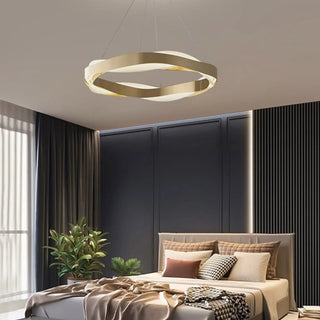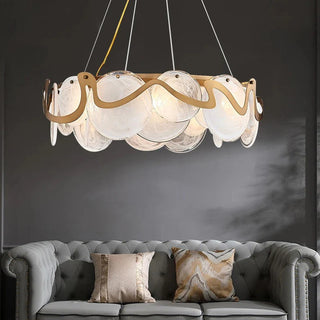Lighting is one of the most important elements in home decor, but often overlooked or undervalued. It can transform the look and feel of a room, creating a warm and welcoming ambiance or a cool and modern atmosphere. One of the most effective ways to use lighting in your home is to create a layered lighting scheme. By combining different types of lighting fixtures, you can add depth and dimension to your space, highlight key features, and create a beautiful and functional environment. In this article, we will explore the art of layered lighting and how to use it in your home.
What is Layered Lighting?
Layered lighting is a lighting design technique that involves using multiple light sources to create depth and dimension in a space. It involves combining different types of lighting fixtures, such as ambient, task, and accent lighting, to create a balanced and functional lighting scheme. By layering light sources, you can create a variety of effects and moods in a room, from bright and energizing to soft and cozy.
The Three Types of Lighting
Before we dive into how to create a layered lighting scheme, it's important to understand the three types of lighting that are commonly used in home decor:
1. Ambient Lighting
Ambient lighting is the foundation of any lighting scheme. It provides overall illumination to a room, making it bright and welcoming. Common examples of ambient lighting include ceiling-mounted fixtures, chandeliers, and wall sconces.
2. Task Lighting
Task lighting is used to provide focused illumination for specific tasks, such as reading, cooking, or working. It is usually brighter and more directional than ambient lighting, and is often used in conjunction with ambient lighting to create a balanced lighting scheme. Common examples of task lighting include table lamps, desk lamps, and under-cabinet lighting.
3. Accent Lighting
Accent lighting is used to highlight specific features or objects in a room, such as artwork, sculptures, or architectural details. It is usually softer and more decorative than ambient or task lighting, and is used to create a visual focal point in a space. Common examples of accent lighting include wall washers, spotlights, and picture lights.
How to Create a Layered Lighting Scheme
Now that you understand the three types of lighting, let's explore how to create a layered lighting scheme in your home:
1. Start with Ambient Lighting
Begin by choosing a ceiling-mounted fixture, such as a chandelier or pendant light, to provide overall illumination to your space. This will serve as the foundation of your lighting scheme.
2. Add Task Lighting
Next, add task lighting to provide focused illumination for specific activities, such as reading or cooking. Table lamps, floor lamps, and under-cabinet lighting are all great options for task lighting.
3. Incorporate Accent Lighting
Finally, add accent lighting to highlight specific features or objects in your space. Wall washers, spotlights, and picture lights are all great options for accent lighting. Use accent lighting to create a visual focal point in your space, such as a piece of artwork or a decorative object.
Tips for Creating a Successful Layered Lighting Scheme
• Use a mix of lighting fixtures to create depth and dimension in your space.
• Consider the function of each space when choosing lighting fixtures. For example, a home office will require more task lighting than a living room.
• Use dimmer switches to control the intensity of your lighting scheme and create different moods in your space.
• Experiment with different types of light bulbs, such as warm white or cool








